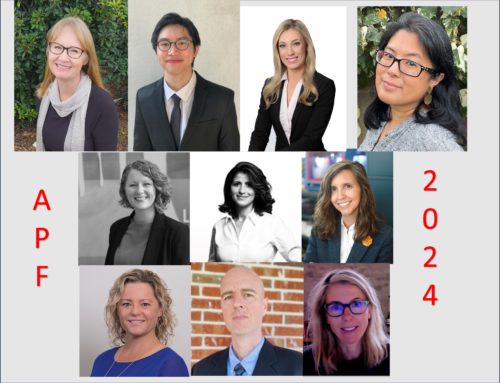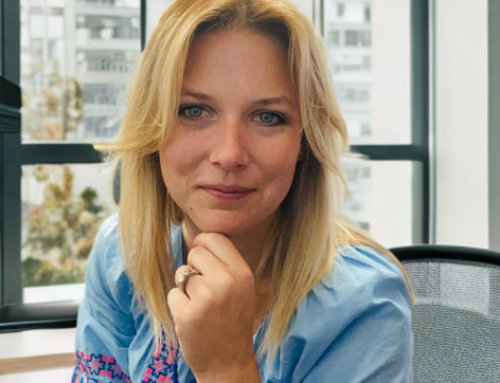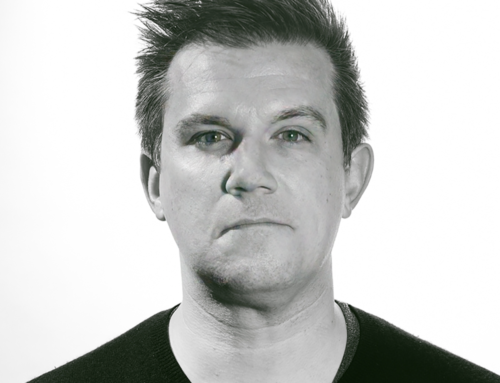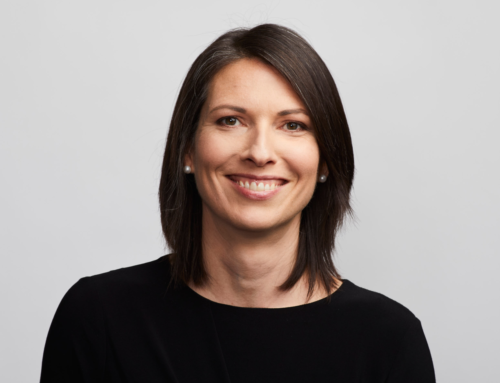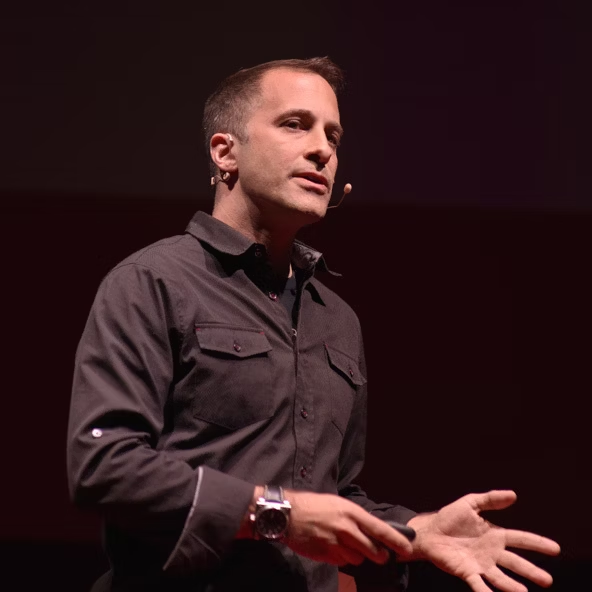As part of Futures Research class, we have a discussion forum on the following question: “Why do you think it has taken so long for people to accept that the future is a set of multiple possibilities? And why some of them still prefer to try to predict the future?” Below is what I thought was a terrific response to this question from one of our students, Tim Morgan.
“….short term focus is a key factor in not seeing the future as a set of multiple possibilities. However, I do think that other factors are in play too.
Another factor is framing & compartmentalization. I think there are cases where people routinely think about multiple possible futures, usually in the form of branching what-if discussions. You see this a lot around sports fans talking about the chances of various teams and how a given season will play out. Part of the fun is the speculation and arguing about which possible future will play out. They are clearly seeing the future as a set of multiple possibilities, but they aren’t framing the discussion that way. They are just talking about sports. Consequently, they don’t map that skill over to other areas.
A few other reasons I think people don’t see the future as a set of multiple possibilities:
- Lack of exposure to the concept of multiple possible futures. Hard to learn something if no one ever teaches you
- Visualizing a single future requires less effort. Unless there is a recognizable payoff, there isn’t an incentive to expend the extra cognitive effort and time to consider the multiplicity of possibilities. This plays into short-term focus.
- Much of cognition is pattern recognition. We are wired to quickly zero-in on patterns. That tends to lead us to single conclusions. So when thinking about the future, we naturally want to land on one future based on the inputs we have, not a bunch of futures. Do I run or do stay is very much dependent on whether I think that is a bear or a deer behind that bush. Getting it wrong might make me lunch.
- Certainty is a more comfortable feeling for most people than uncertainty. Envisioning a single future feels more certain than picturing multiple possible futures.
- We are tribal and tribes generally need to come to consensus in order to operate effectively for their survival. Even if a small group considers multiple possible futures (ala the sports discussion), they will tend to converge on consensus about what the future is going to be. If they don’t, then they can’t take timely action.
- Speculation about the future is really speculation about change. Until recent history, change was fairly slow. Culturally, we haven’t fully adapted yet to rapid change and so we haven’t internalized the idea of multiple-possible futures into our culture yet.
- Humans are story-tellers. We have an innate sense of beginning-middle-end. When we think about the future, we are placing that future within a story. It is more satisfying if it settles on a distinct ending that matches an archetypal pattern. Trying to tell a tale with multiple possible endings doesn’t match the pattern of a story and we feel uncomfortable with it due to lack of resolution. So we don’t consider multiple possible futures, we go straight for the one that best fits the story.
Bravo, Tim!

